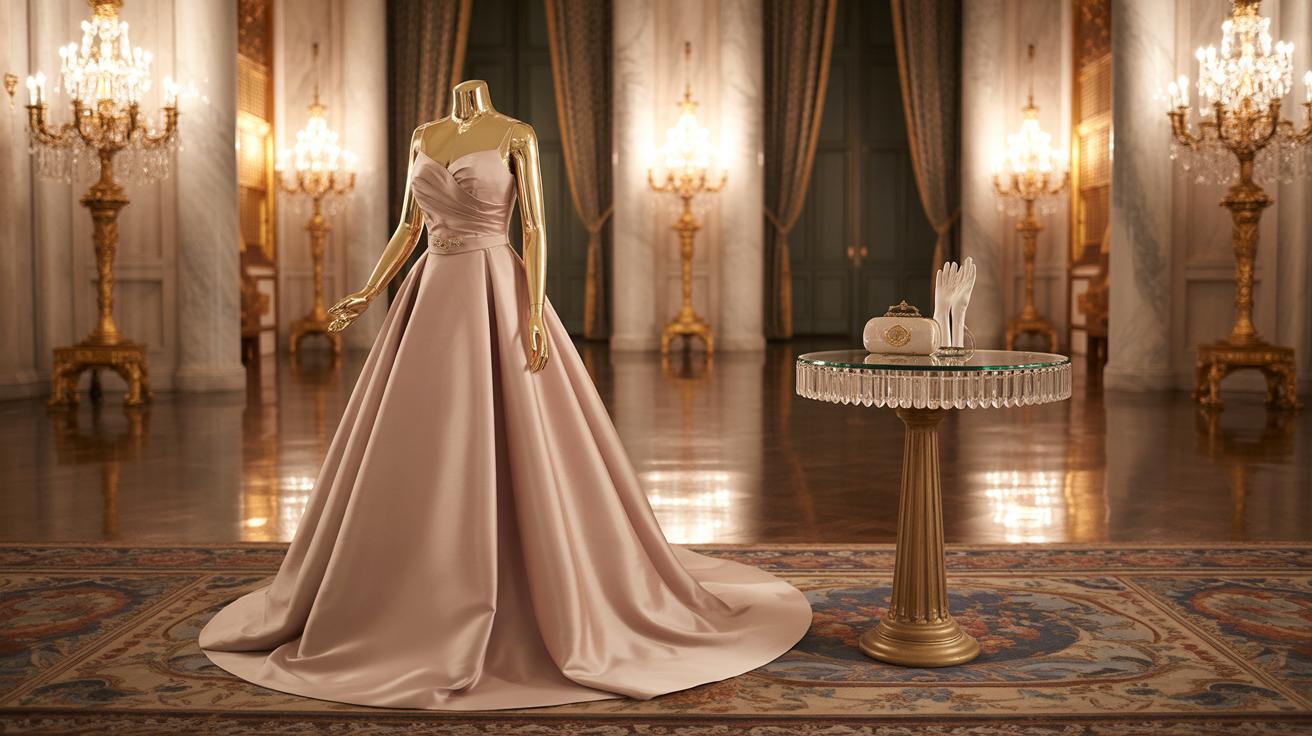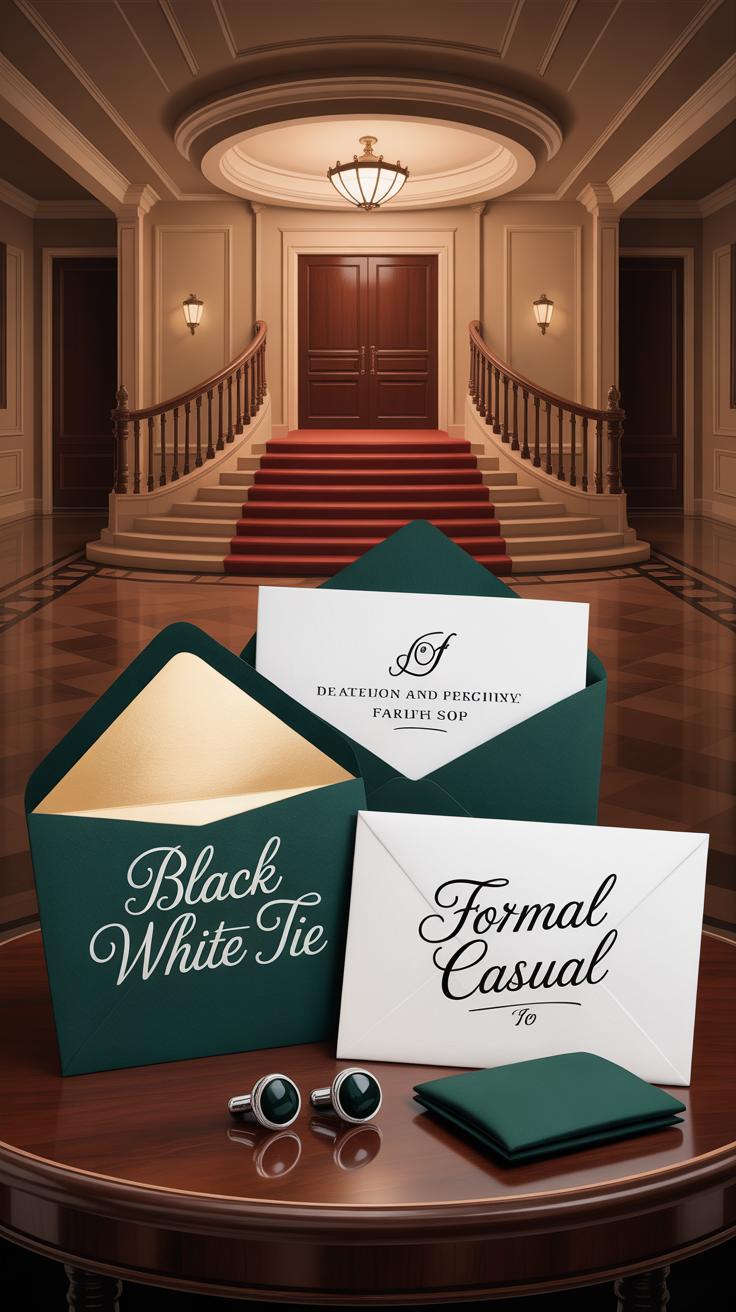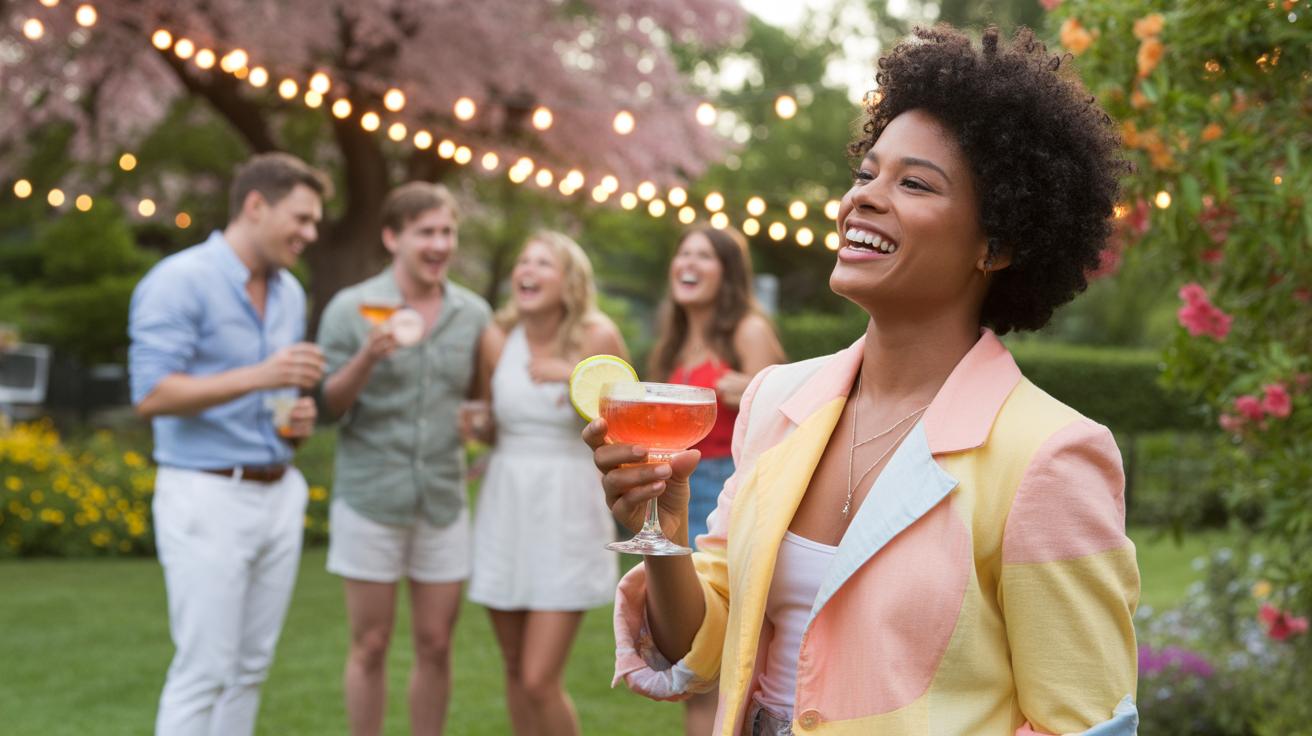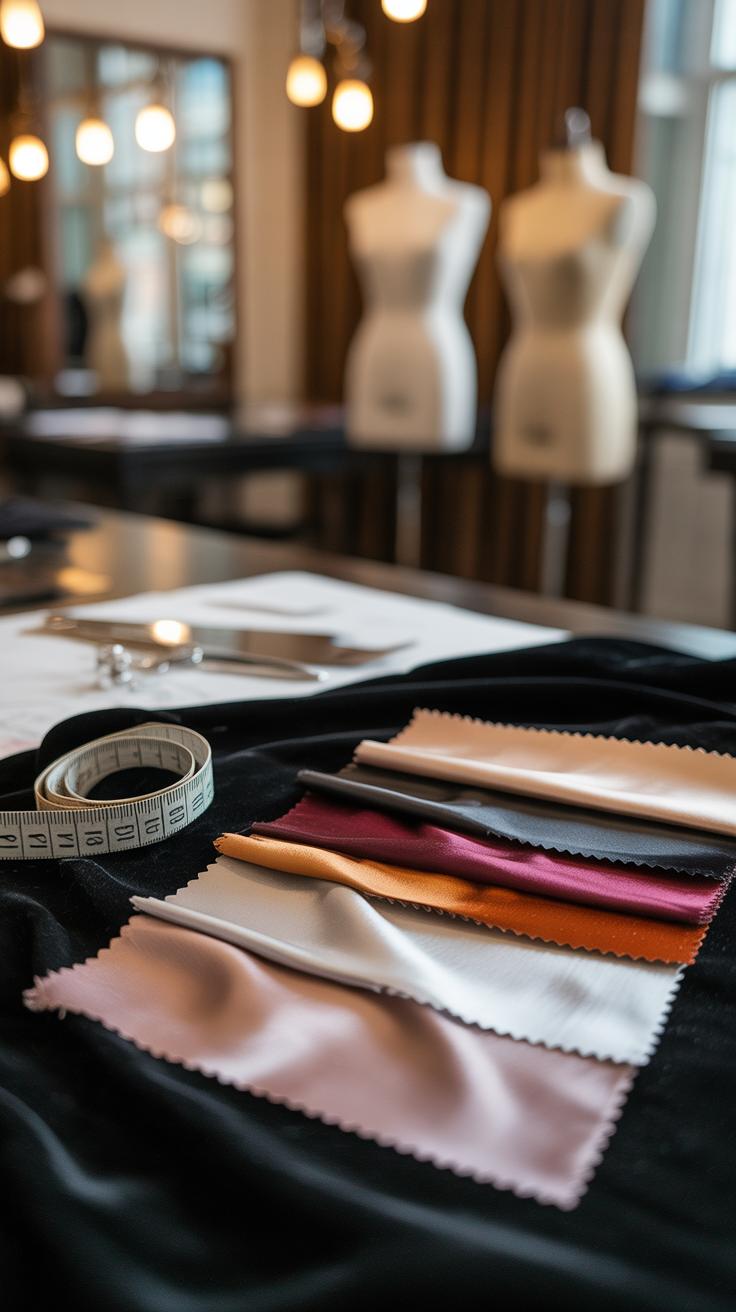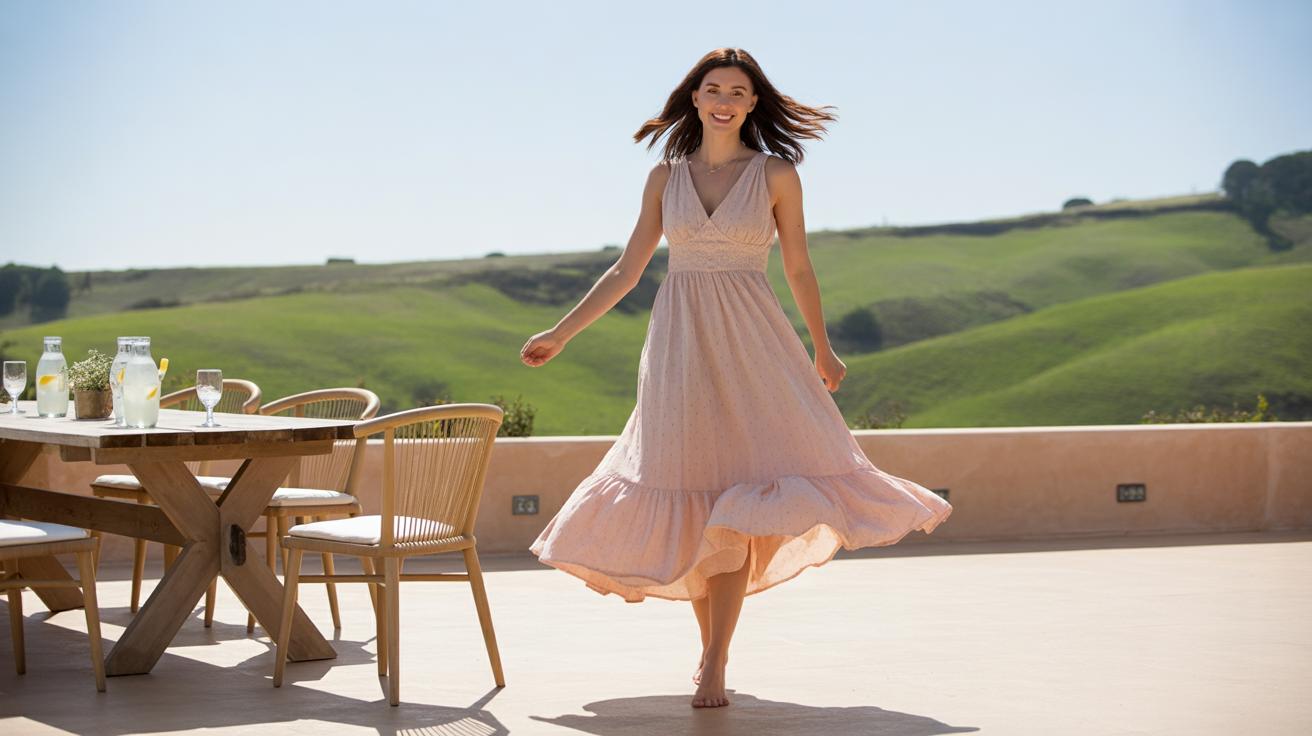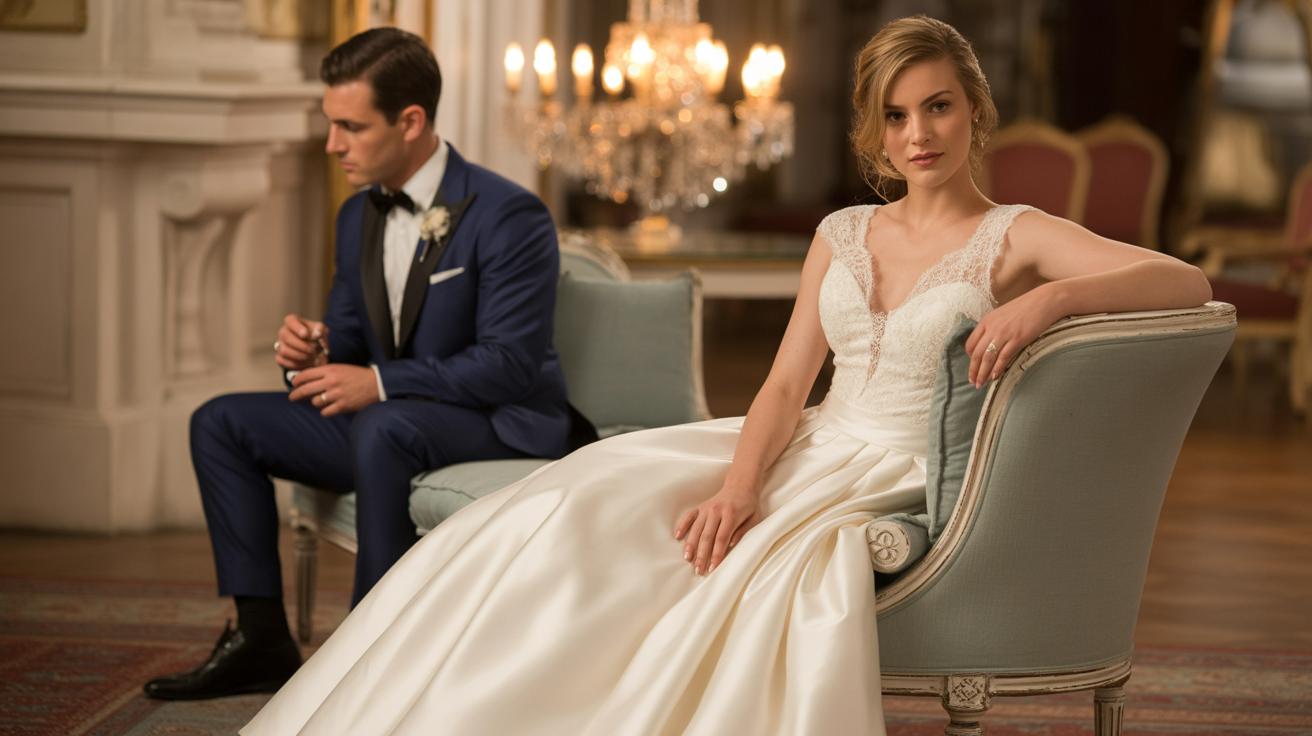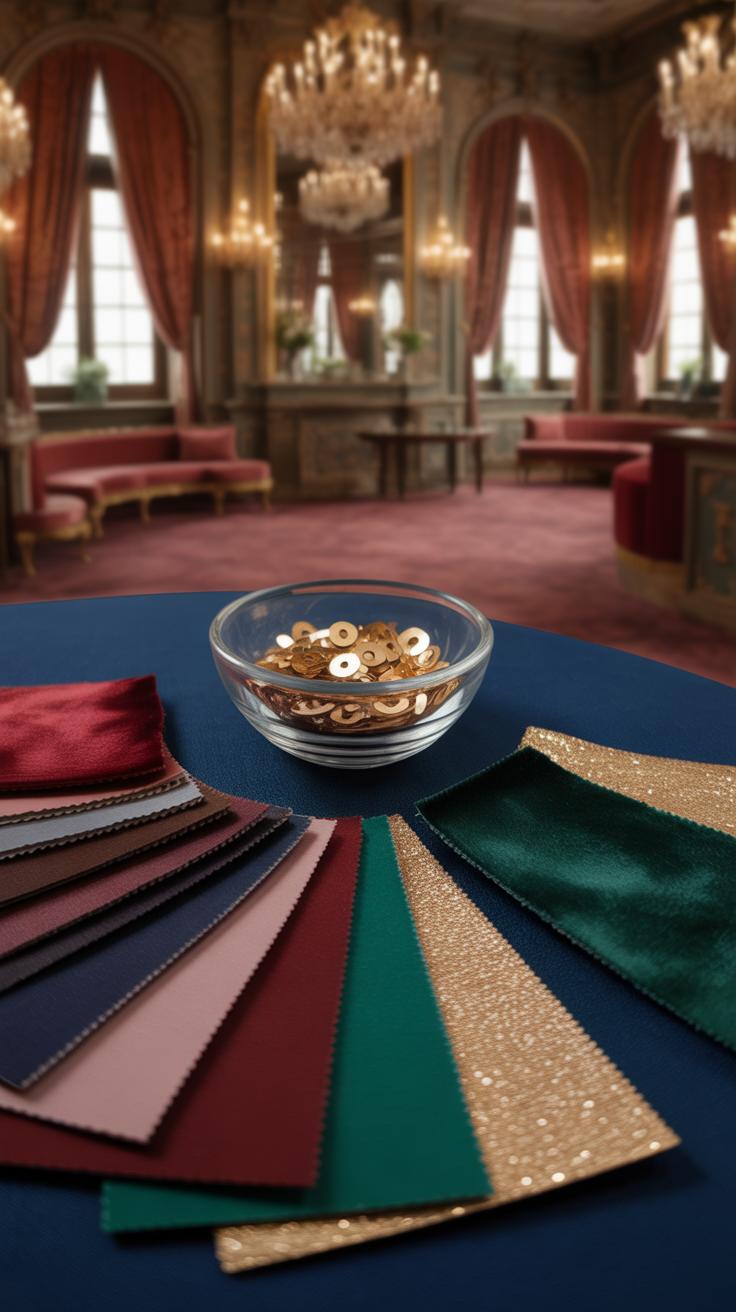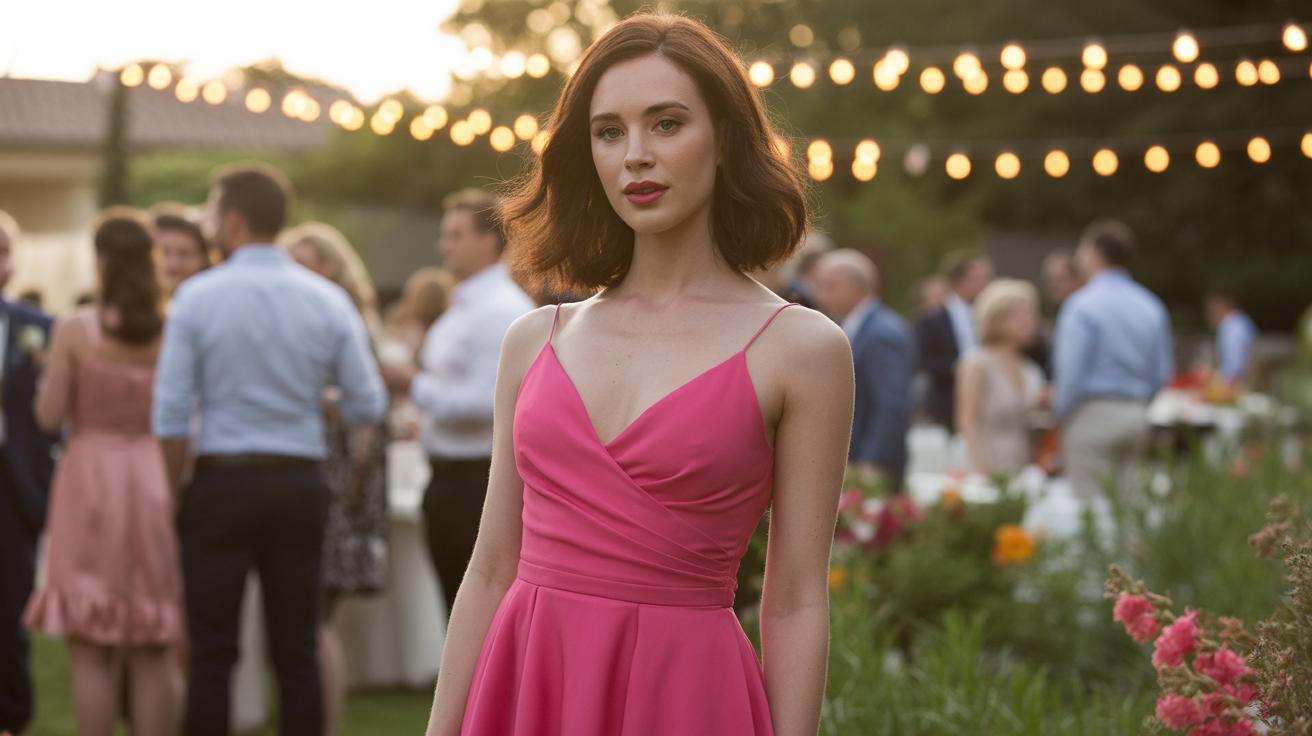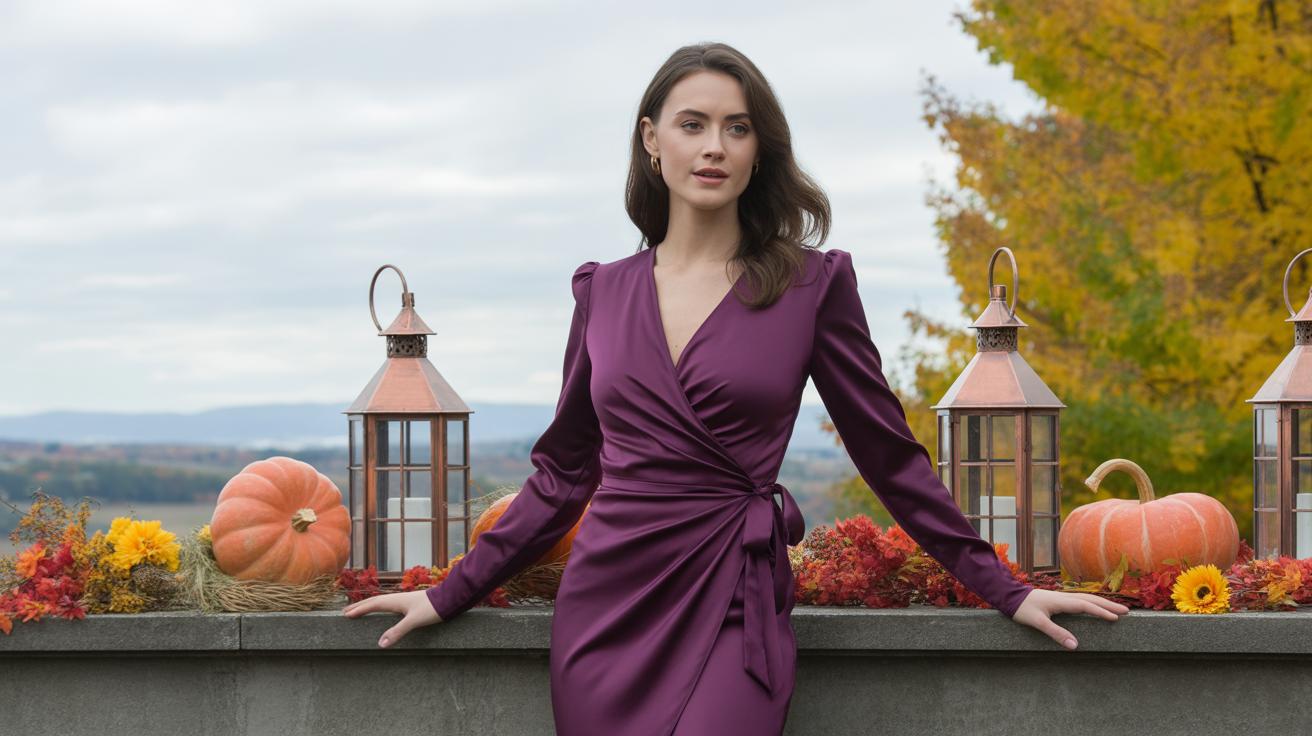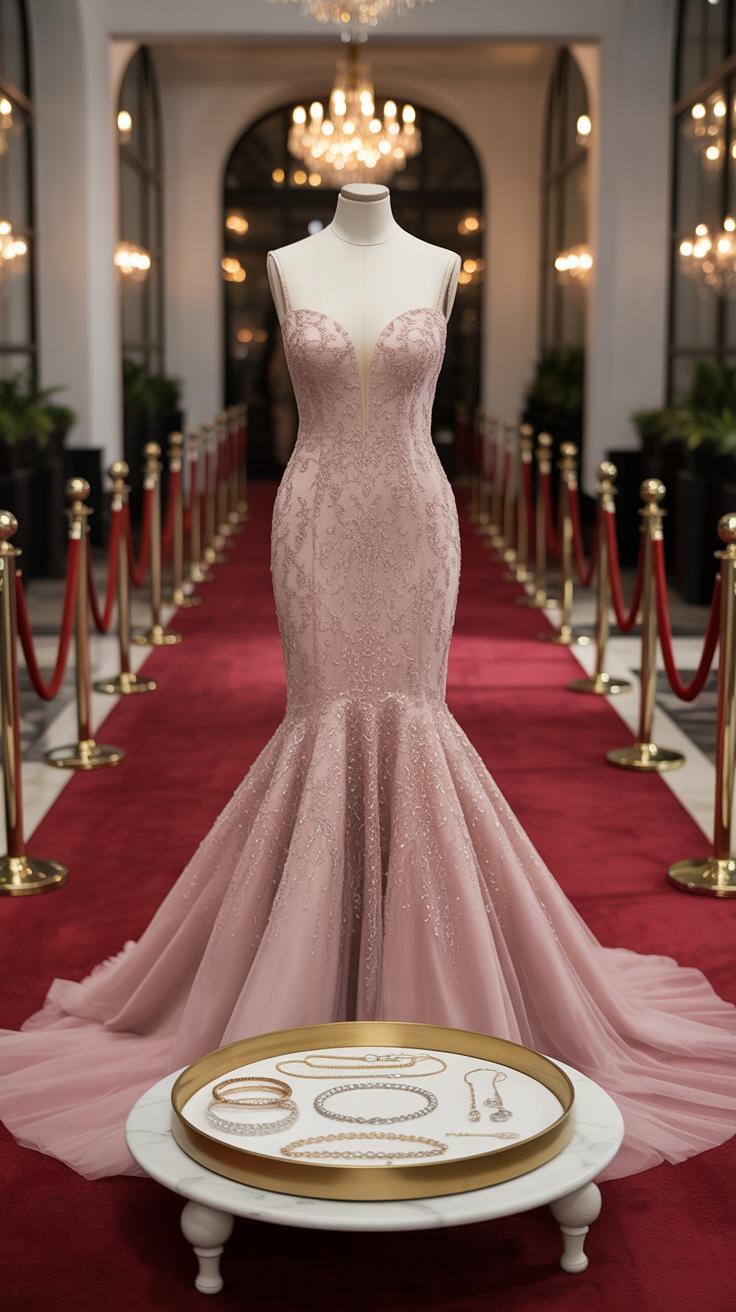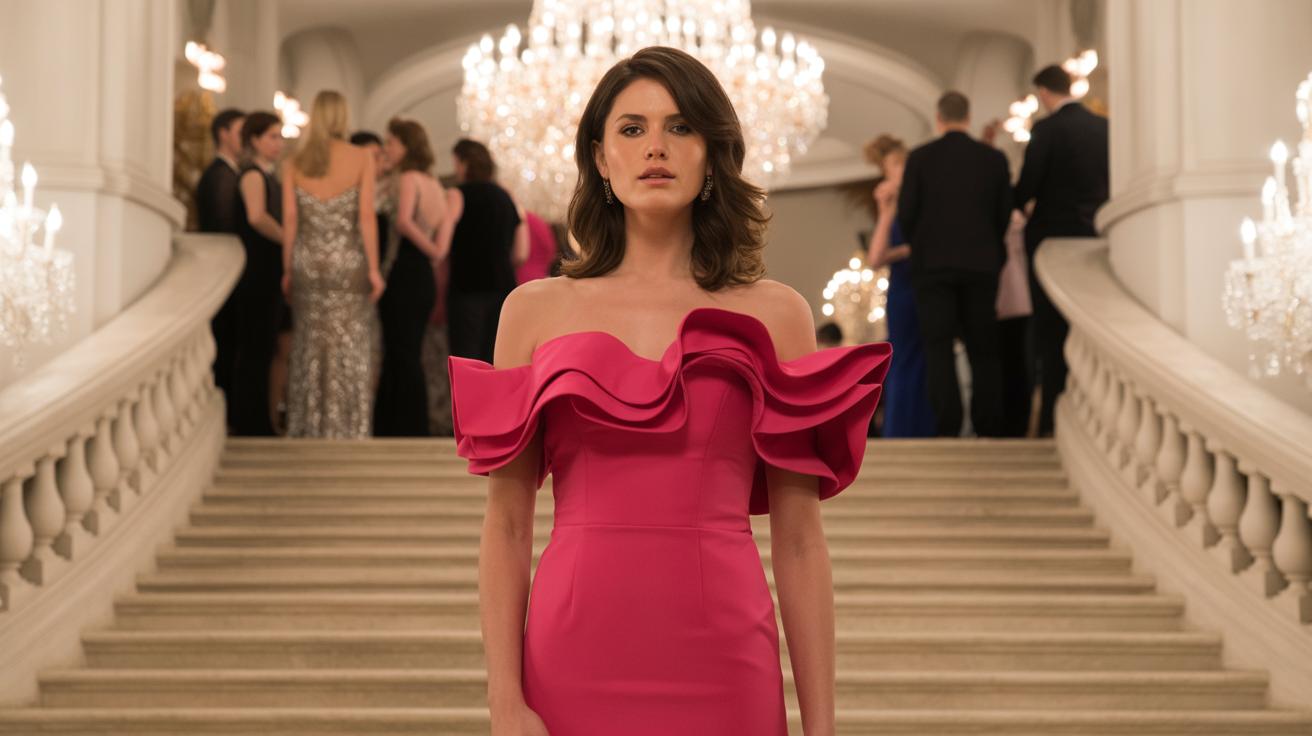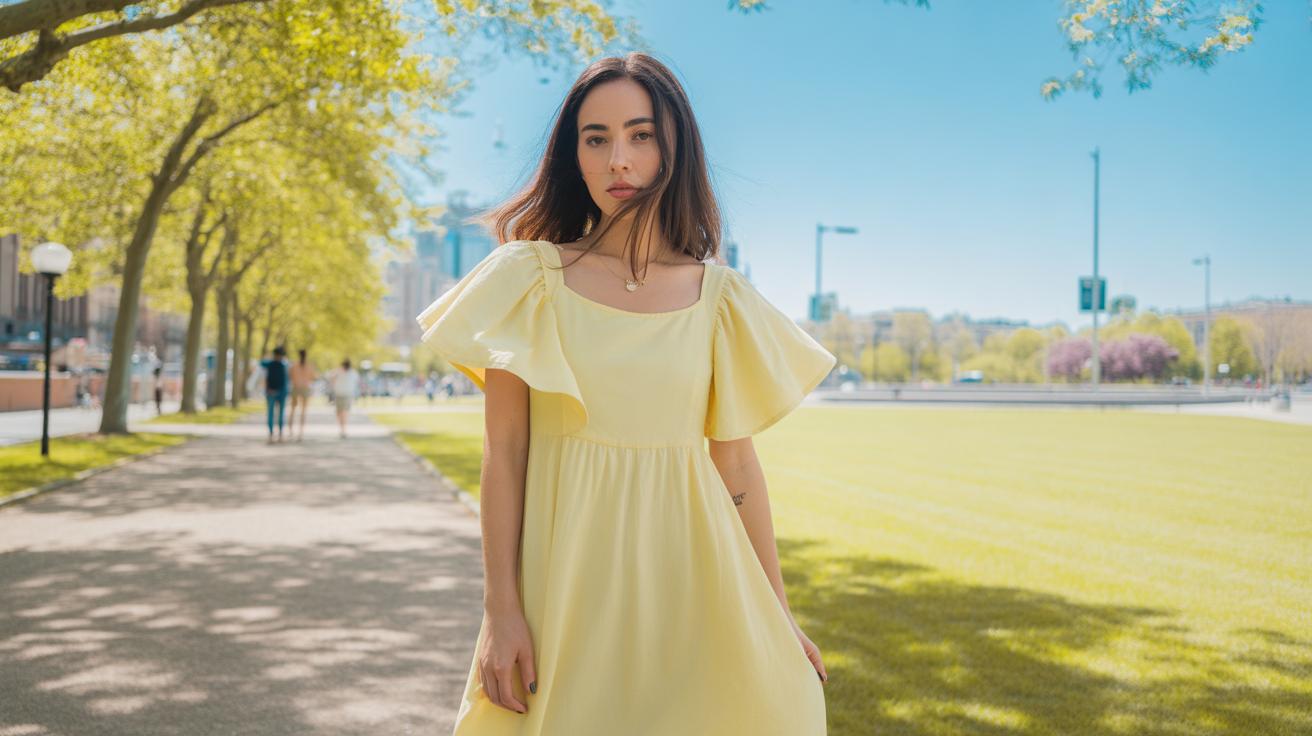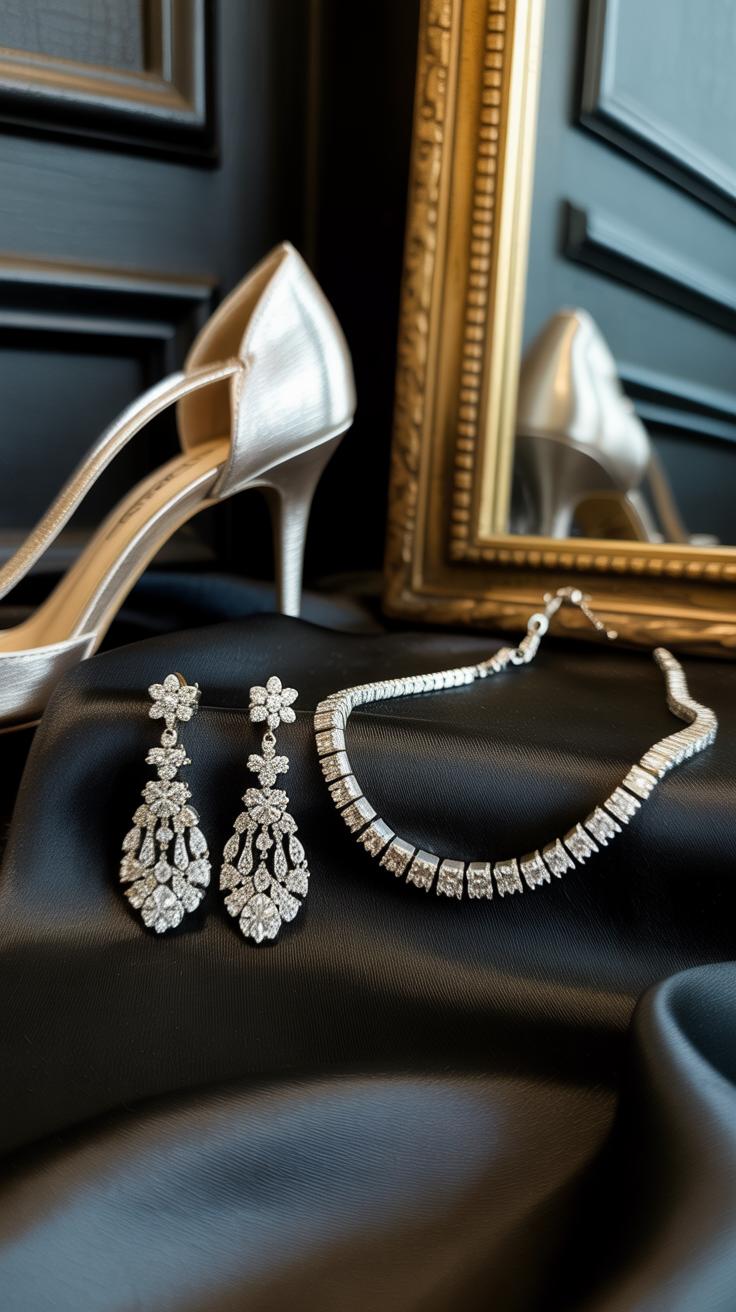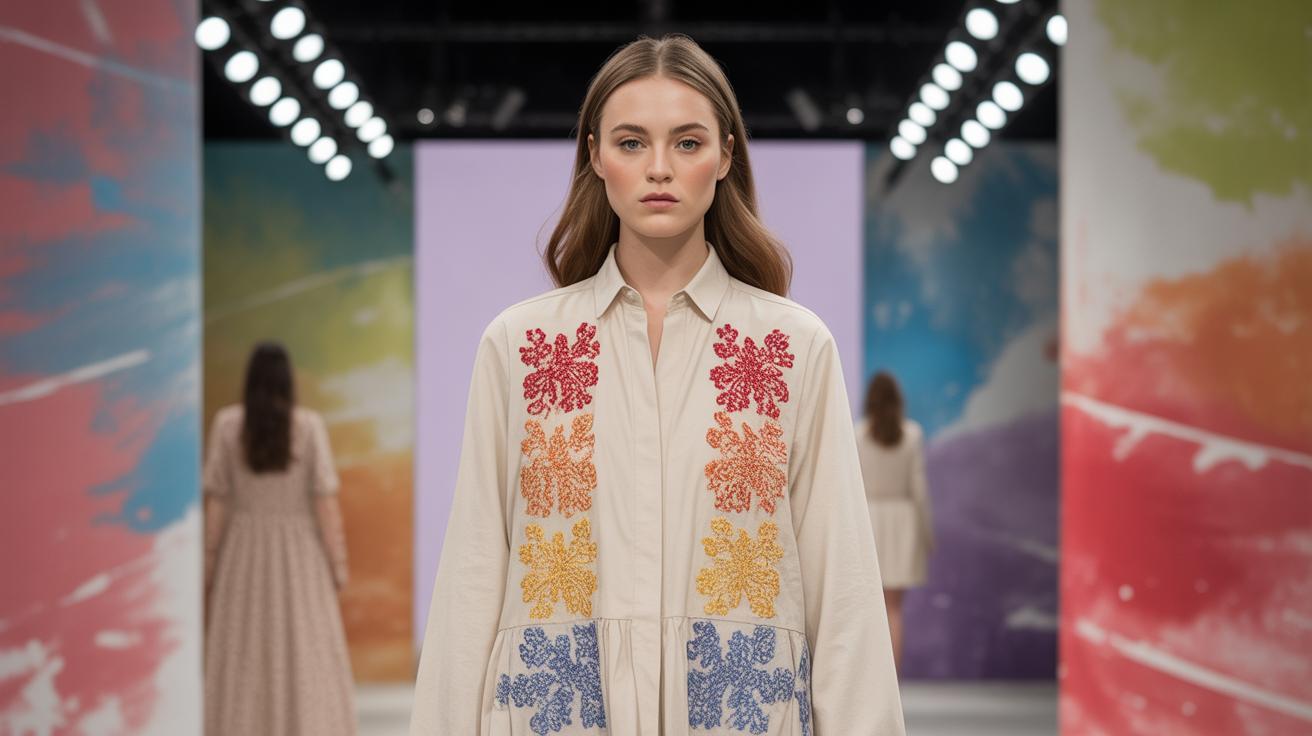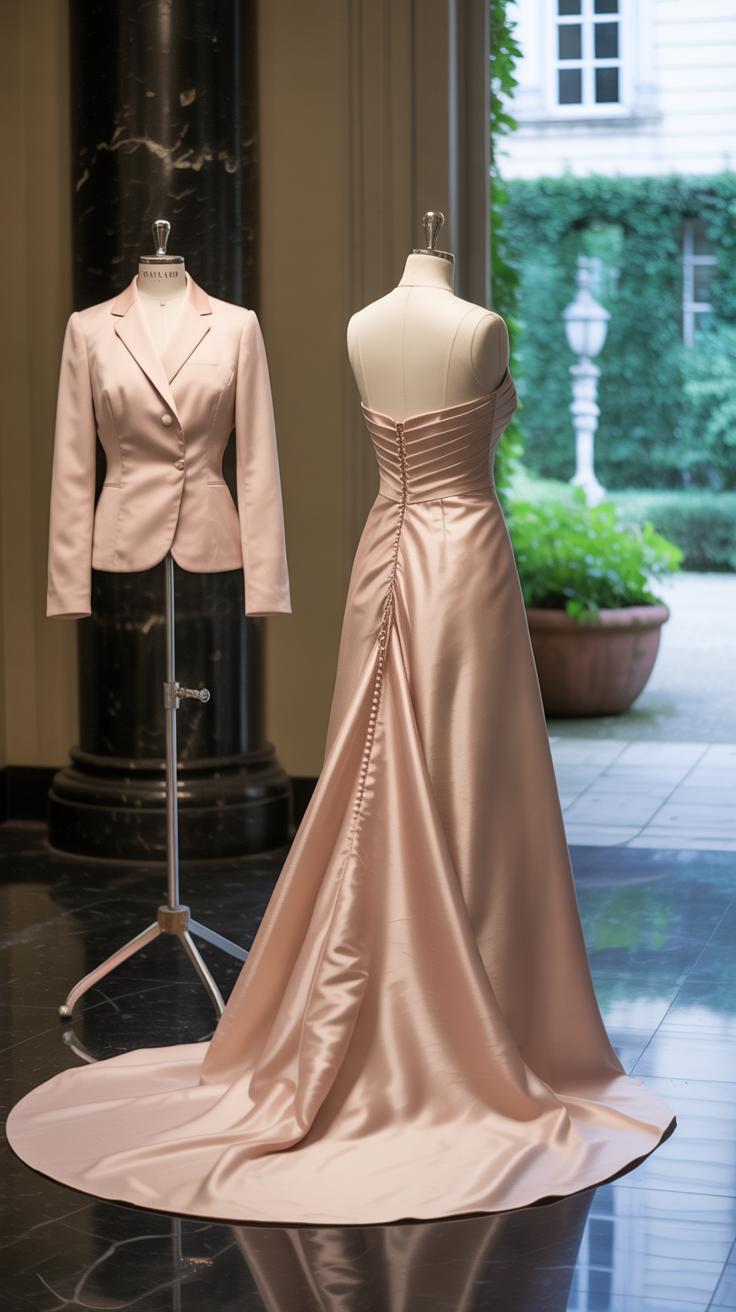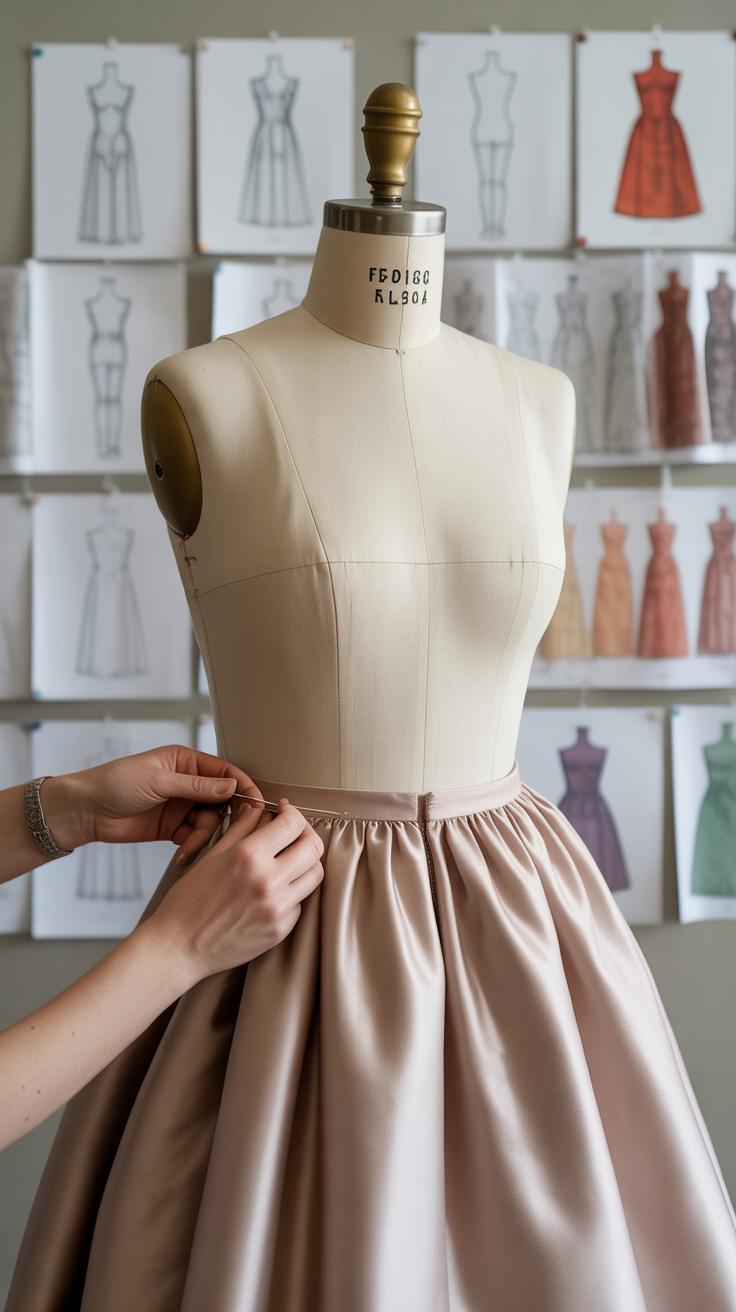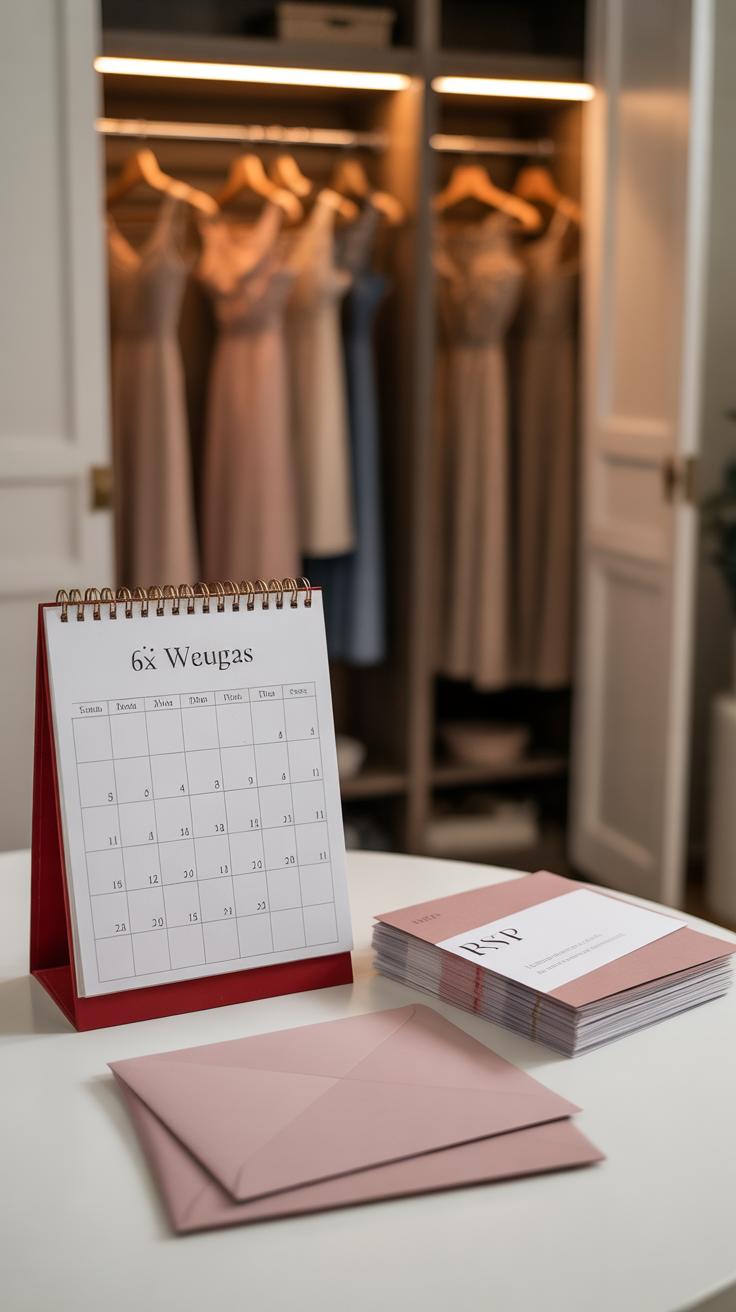Introduction
Choosing the right dress for a formal wedding can seem challenging. You want to honor the importance of the occasion while expressing your style. Formal weddings call for attire that matches the event’s grandeur without overshadowing the couple. Finding a balance between elegance and comfort helps you enjoy the celebration fully. Your dress should fit the dress code, match the setting, and reflect the season. Knowing the essential elements of formal wedding guest dresses guides your choices and helps you prepare ahead.
In this article, you will find practical tips and ideas to inspire your formal wedding guest dress selection. From fabric to color and accessories, we cover all the aspects that make your outfit both suitable and stylish. You will also learn how to adapt your dress choices to various types of grand celebrations. This guide supports your goal to look polished and feel confident, making your attendance memorable for all the right reasons.
Understanding Formal Wedding Dress Codes
Formal wedding dress codes set clear expectations for guests, shaping their outfit choices to fit the occasion. White tie is the most formal code, often reserved for grand evening weddings. It demands floor-length gowns, usually with elegant fabrics like silk or satin. Accessories should be refined, such as gloves or simple, classic jewelry. Black tie calls for formal evening attire but offers slightly more flexibility. For women, long dresses or sophisticated cocktail dresses work well. Your choice should reflect the event’s upscale nature without overshadowing the bride.
Formal day attire is less strict but still polished. It fits weddings held during daylight hours and asks for dresses that balance elegance with comfort. Respecting the dress code signals your regard for the couple and their celebration. Ignoring these guidelines can make your outfit appear out of place or disrespectful to the event’s tone. Consider asking yourself what the hosts expect and what setting the wedding will have before finalizing your look.
White Tie and Black Tie Dress Codes
White tie is the rarest and most formal dress code. Women wear full-length gowns in luxurious fabrics like silk, velvet, or chiffon. Dresses should be classic and minimal, often paired with gloves and delicate jewelry. Invitations stating “white tie” indicate an event that demands the highest level of elegance.
Black tie events are common for evening weddings. Floor-length gowns or high-end cocktail dresses suit this code well. Fabrics such as satin, lace, or taffeta create rich textures. Accessories include statement clutches and fine heels, keeping the look refined but less rigid than white tie. If your invitation says “black tie optional,” consider wearing a long gown or a formal midi dress. Always check the time and setting when deciding how formal your dress should be.
Formal Day Dress and Its Variations
Formal day dress suits weddings held before evening hours, often outdoors or at elegant venues. Compared to evening wear, daytime dresses tend to be lighter and shorter. Fabrics like cotton blends, light silk, or lace offer comfort without losing sophistication. Dress length can range from knee to tea-length, fitting daylight and warmer weather.
Season affects your choices: spring and summer weddings favor breathable, lighter fabrics, while autumn or winter calls for heavier materials and richer colors. You might also add a stylish hat or wrap when dressing for formal day events. The goal is to look polished but appropriate for natural light and outdoor settings. Keeping these factors in mind helps you blend seamlessly with the atmosphere and respect the formality of the celebration.
Choosing the Right Fabric for Formal Wedding Dresses
When selecting a formal wedding guest dress, fabric choice greatly impacts both comfort and style. Your dress should suit the event’s setting and weather, making fabric durability and breathability key factors to consider.
Heavier fabrics like velvet and satin offer warmth and a polished look, ideal for indoor or evening celebrations in cooler months. For an outdoor summer wedding, lighter fabrics such as chiffon and silk keep you comfortable while maintaining elegance.
Consider the venue’s temperature and ambiance. A dress made from heavy fabric might feel suffocating at an outdoor summer ceremony. On the other hand, choosing light fabric during a winter wedding could leave you cold and distracted.
Matching texture to the event also matters. Glossy satin suits formal evening receptions, while tulle or lace adds delicate charm to daytime celebrations. Think about where you’ll be and when to help pick the fabric that fits best.
Fabrics for Comfort and Elegance
Silk feels smooth and flows naturally, making it perfect for dresses that need to drape softly. Satin offers a shiny surface ideal for structured gowns and stands out in formal settings.
Chiffon is lightweight with a sheer look, great for layered dresses and warm weather. Tulle adds volume without heaviness and works well in ball gowns and skirts.
Lace brings timeless detail to sleeves, overlays, or full dresses. Velvet is dense and soft, best for winter weddings and adding texture. Choose the fabric that matches your style and comfort needs.
Seasonal Fabric Choices
Weddings held in summer call for breathable, cool fabrics. Cotton blends, chiffon, and light silk work well, allowing your skin to breathe and preventing overheating.
For spring and fall, choose medium-weight materials such as satin or lightweight velvet that balance warmth and airiness. These fabrics help you stay comfortable as temperatures vary.
Winter weddings require fabrics that provide warmth without bulk. Velvet, heavy satin, or layered lace dresses keep you cozy while maintaining a luxurious look. Always consider the weather forecast before finalizing your fabric choice.
Color Choices That Suit Formal Wedding Celebrations
Selecting the right color for your formal wedding guest dress shapes the impression you make and how you respect the event’s tone. Traditional wedding colors offer a safe yet elegant path. Think of shades that complement the occasion without drawing undue attention away from the couple. You want to blend sophistication with a touch of personal style.
Consider how color influences mood and fits the setting. Would you choose a deep hue for an evening gala or a lighter tone for a daytime ceremony? Trends often introduce fresh palettes like muted pastels or rich earth tones, but adapt these choices so the dress stays appropriate. The key lies in picking colors that honor the formality while keeping your outfit current. What messages do your color choices send about your presence at the celebration?
Classic Colors for Formal Events
Navy remains a reliable choice. It suits many skin tones and shows respect for the event. Black works well for evening weddings, offering timeless elegance, but pairing it with subtle accessories can soften the look for daytime. Jewel tones like emerald and sapphire add richness without overpowering, especially for fall and winter ceremonies.
Metallics, in gold or silver, can elevate your dress when used as accents or full fabric for evening wear. Colors encourage emotions — blue calms, while deep reds energize a room. Lighter shades suit spring and summer, bringing freshness. How will the time and season guide your color pick for maximum impact?
Avoiding Color Faux Pas
White and ivory are best avoided, as these hues belong to the bride. Wearing them risks overshadowing or causing discomfort. Neon colors or excessively bright shades might clash with the wedding’s mood and distract attention, making your outfit inappropriate for formal settings.
Colors that dominate the scene can disrupt the event’s harmony. How often have you noticed a guest’s outfit pulling focus from the ceremony? Seek colors that show your respect and enjoyment for the couple’s big day instead of turning it into a fashion show.
Dress Styles Ideal for Formal Wedding Guests
Choosing the right dress style for a formal wedding means balancing elegance with your personal taste. Full-length gowns often fit grand celebrations, but certain cocktail dresses can also meet formality, especially if styled well.
Consider dress length carefully. Long gowns bring a classic, formal feel and suit evening weddings with black-tie dress codes. Cocktail dresses work better for daytime or less strict formal events. Your choice can change depending on the venue and weather. Will you spend time outdoors? Cooler climates might call for heavier fabrics and longer coverage. Warm settings might favor lighter, shorter options.
Necklines and silhouettes shape how your dress flatters your body and fits the occasion. Off-shoulder necklines offer a subtle balance of formal and modern style. V-necks elongate the neck and complement most faces, while boat necks lend a sophisticated air. Silhouettes like A-line create a flattering waist and flow over hips comfortably. Sheath dresses highlight a streamlined figure, and empire waists lift the bust and conceal the midsection.
Think about how different styles emphasize your best features. Which neckline makes you feel confident? Which silhouette lets you move comfortably through a long celebration? Tailor your choices to both the wedding’s atmosphere and your own style.
Long Gowns and Cocktail Dresses
Long gowns typically suit formal weddings held in the evening or at upscale venues. If a wedding invites black tie or formal attire, a floor-length dress meets the expectation and elevates your guest look. These gowns work well in large ballrooms or fancy hotels.
Cocktail dresses are a smart choice for weddings with less rigidity in dress codes. When weddings are held during the day, outdoors, or in venues like gardens or vineyards, cocktail dresses maintain elegance with a lighter feel. Weather plays a key role. Hot, humid climates favor shorter, breathable dresses. In cooler weather, a long gown with heavier fabric offers warmth.
Ask yourself: Is the dress code strict? Will you be comfortable standing or dancing in heels all night? By considering these points, you can decide which dress length best suits the setting while keeping you at ease.
Necklines and Silhouettes That Impress
Neckline shapes influence how formal your dress looks and how it flatters your upper body. Off-shoulder necklines expose the collarbones, adding elegance without revealing too much. V-necks create a slimming effect and work well if you want to highlight your neck. Boat necklines run wide across the collarbone, offering a refined, polished look.
Silhouette choices affect comfort and style. A-lines flare out from the waist, making them ideal for most body types. Sheath dresses follow your body’s natural line, perfect when you want a sleek appearance. Empire waists raise just below the bust, providing a comfortable fit and creating a graceful flow from top to bottom.
Try different curves and cuts to see what feels right. What silhouette gives you the freedom to enjoy the ceremony and reception? How does each neckline change your posture or confidence? Your best dress style supports both the event’s formality and your personal comfort.
Accessorizing Your Formal Wedding Guest Dress
When choosing accessories for your formal wedding guest dress, aim for pieces that enhance your look without stealing attention. Jewelry, shoes, bags, and outerwear all work together to create a polished and comfortable outfit for a long day or evening.
Jewelry should highlight your dress, not compete with it. Choose simple pieces if your dress has bold details. If your dress is plain, add a touch of sparkle with a necklace or earrings. Shoes need to support hours of standing and dancing. Look for styles that balance elegance with comfort, like block heels or cushioned flats.
Your bag should be just big enough for necessities like your phone and lipstick but small enough to keep the focus on your dress. Outerwear must suit the event’s weather and dress style. Lightweight shawls work well in warmer months, while tailored coats fit cooler celebrations. Combine smart choices, and your accessories will complete your formal look perfectly.
Selecting Jewelry and Shoes
Start with jewelry that supports your overall outfit. If your dress features embellishments or a bright color, pick understated earrings and a delicate bracelet. For simpler gowns, bolder statement pieces offer room to express personality. Think about matching metals—silver pairs best with cool tones, gold with warm shades.
Shoes should feel good for hours. Classic pumps with cushioned insoles or low block heels keep you steady. Slip-on or ankle-strap designs add security without fuss. Reflect on your walking routes: Will you cross grass or cobblestones? Opt for sturdy soles that prevent sinking or slipping.
Completing Your Look with Bags and Outerwear
Select a clutch that fits essentials without adding bulk. A small envelope clutch or a wristlet is ideal for a formal wedding. Choose neutral or metallic shades to match various dress colors. Avoid large or oversized bags that distract from your outfit.
Outerwear depends on weather and dress style. For spring or summer, a light wrap, pashmina, or bolero can add warmth without covering your dress completely. In cooler months, structured coats in classic tones complement a formal look and keep you comfortable when outdoors. Consider fabric weight and length so your outerwear flows with your dress rather than clashes.
Adapting Your Dress for Different Formal Wedding Settings
The setting of a formal wedding plays a key role in shaping your dress choice. Different venues call for distinct styles and fabrics to keep you comfortable and appropriately dressed. You might need to consider how the atmosphere and environment affect your outfit and plan accordingly.
Ballrooms often demand traditional elegance with structured gowns and heavier fabrics. Outdoor weddings may require lighter materials that handle heat, wind, or uneven ground. Destination weddings add travel considerations that influence your selection, such as packing space or the local climate.
Think about where the celebration happens before settling on your dress. Are the floors polished and smooth, or will you walk on grass or sand? Is the temperature controlled, or might you face sun and breeze? Your choices should help you feel ready and polished, no matter the location.
Ballroom Weddings and High Formality
Ballroom weddings expect formal attire that matches their grandeur. Long dresses in satin, velvet, or silk fit the bill. These fabrics catch light beautifully and hold detailed tailoring well. Shoulders, sleeves, or necklines often have refined touches like lace, embroidery, or beading. These tiny details show respect for the event’s formality.
Consider a gown with a classic silhouette that moves gracefully. Avoid casual or stretchy fabrics here—they can feel out of place. You may find yourself walking over marble or polished floors, so heels and sturdy soles work best. The venue’s lighting and decor inspire choices with subtle sheen or rich colors that complement the setting.
Ask yourself how much attention you want to draw and how your dress interacts with the overall atmosphere. A well-chosen fabric and design can help you blend in perfectly while standing out for all the right reasons.
Outdoor and Destination Weddings
Outdoor weddings require a different approach. You face temperature changes, possibly uneven ground, and unpredictable weather. Linen, chiffon, or light silk offer breathability and flow, helping you stay comfortable without losing sophistication.
Consider the terrain: heels might sink into grass or sand, so block heels or dressy flats make sense. Add a shawl or elegant jacket if evenings turn cool. Avoid heavy embellishments that catch dirt or wind. Instead, pick clean lines and fabrics that move with ease.
Destination weddings introduce travel challenges. You may want wrinkle-resistant dresses that pack well. Also, choose fabrics that suit the local climate; tropical locations call for cool, light materials, while mountain or cooler destinations might need layered looks. Could your dress fold and still look crisp? Plan for how you will arrive and what weather you’ll face to keep your formal style intact.
Tailoring and Fit for Formal Wedding Dresses
When preparing for a formal wedding, the fit of your dress affects how you look and feel. A dress that fits well highlights your best features and lets you move and sit comfortably during long celebrations. Poor fit can create discomfort and distraction, drawing attention away from your overall style.
Look for areas where the dress may be too loose or tight, such as the bust, waist, or hips. Check the length to ensure it suits your height and the chosen shoes. Can you easily walk and sit down? Does the dress hug your curves without pinching? These small details matter in large celebrations where photo moments last forever.
Timing for tailoring matters. Plan to have your dress altered about two to three weeks before the event. This gives enough time for adjustments and final fittings. If the venue or dress style is unique, adjustments might need extra attention to match the setting’s formality.
Why Fit Matters
A well-fitted dress changes how you carry yourself. When your dress fits perfectly, you feel more confident and relaxed. Confidence will shine through in your posture and smile, making you look more polished and put-together in photos and during conversations.
Think about a time you wore something uncomfortable for hours. How did it affect your mood? Formal weddings often last several hours, so comfort is crucial. A tailored dress helps you enjoy every moment without adjustment distractions. How much would your confidence grow with a dress that feels made just for you?
Tips for Tailoring and Alterations
Choose a tailor with experience in formal wear. Ask to see before-and-after pictures or get recommendations from trusted sources. When you visit, bring the shoes and undergarments you plan to wear to get the best fit.
Common tailoring includes taking in the waist, hemming the length, adjusting straps, or refining sleeves. Discuss your movement needs, such as dancing or hugging, so the tailor knows where to allow extra room. Always schedule a final fitting close to the wedding date to handle any last-minute tweaks.
If you feel unsure, ask your tailor questions about how each change will affect comfort and style. Your dress should feel like it fits your body, not just the measurements. What small alteration could make the biggest difference in how you feel on the big day?
Planning Your Formal Wedding Guest Dress Ahead
Planning your formal wedding guest dress early gives you plenty of time to find the ideal outfit. This approach avoids last-minute stress and opens up more options for styles, fabrics, and alterations. You can research trends and stores, and schedule fittings without rushing. Early planning also helps you stay organized and clear about your preferences.
Setting a budget early protects you from overspending and helps focus your search. When you know how much you want to spend, you can look for dresses that fit that range. Think about the type of fabric or embellishments that matter most to you and prioritize those features.
Consider the wedding’s theme, location, and formality when choosing your dress. If you wait too long, coordinating colors or style could be harder. Early planning allows you to sync your dress with the event’s mood and avoid clashing with other guests or the setting.
What could you do now to make sure your dress suits the celebration perfectly? Could planning your shopping and fittings around the wedding timeline save you time and money?
Budgeting and Shopping Smart
Decide on a spending limit before shopping. Knowing your budget helps you focus on dresses that match your finances. Divide your budget between the dress, shoes, and accessories to avoid surprises.
Think about which dress details matter the most. Is it the fabric, style, length, or brand? Prioritize those to get the best use of your money. Look for sales, outlets, or discounted online stores to find quality dresses at lower prices.
Try on different styles early. Some dresses may look better on you but cost more. If you find a dress you love that is slightly over budget, consider if alterations or accessories can be adjusted later to save costs.
How will you allocate your budget? Would splitting it between key elements lead to a better overall look? Could you find good deals by shopping during off-seasons or clearance periods?
Coordinating with Wedding Theme and Timeline
Taking the wedding’s colors or overall theme into account helps your dress blend with the celebration. If the couple has a color scheme, selecting a dress in those shades or complementary tones shows respect for their vision.
Start shopping about three to four months before the wedding. This timeline gives you time for ordering, alterations, and any last-minute fittings. If traveling for a destination wedding, allow even more time to ensure everything arrives on schedule.
Does the wedding call for classic elegance, modern chic, or vintage charm? Matching your dress style to the vibe keeps your look appropriate and comfortable. Check the invitation or wedding website for clues about formality or theme.
What colors or styles will fit best with the wedding setting? Could starting early to shop and tailor your dress help you feel confident and ready on the big day?
Conclusions
Formal wedding guest dresses contribute significantly to the overall atmosphere of grand celebrations. When you select your outfit, focus on the event’s level of formality and the environment. Choose fabrics and colors that fit the season and time of day. Quality and fit are key, so consider tailoring if needed. Simple accessories and tasteful shoes complete your look. Staying aware of etiquette ensures your dress respects the couple’s special day.
Your dress choice expresses your respect and joy for the couple’s commitment. Thoughtful consideration of the formal style guidelines helps you avoid common mistakes. Over time, your wardrobe will grow with versatile pieces fit for various formal occasions, saving you effort in the future. Dressing well for weddings is about feeling comfortable, confident, and in harmony with the event’s tone. You are ready to celebrate with grace and style.


